Jewelry Photography: How to Take Pictures of Jewelry
By: Leslie H.
Photographing jewelry can be a challenging but rewarding endeavor. Whether you're a jewelry designer looking to showcase your creations, a seller trying to attract customers to your ecommerce website, or simply a photography enthusiast, the art of capturing jewelry in its full glory can set your work apart. In this comprehensive guide, we will walk you through the essential steps and tips for photographing jewelry like a pro.
Equipment and Setup
1. Camera: To get high-quality jewelry shots, you don't necessarily need a high-end DSLR camera. Even a modern smartphone with a good camera can suffice. However, using a camera with manual settings can offer more control over your images.
2. Tripod: Stability is key in jewelry photography. A tripod ensures your camera remains steady, minimizing blur and allowing for precise composition.
3. Lighting: Use diffused, soft lighting to eliminate harsh shadows and glare. Natural light is excellent, but you can also invest in a softbox or a lightbox to create even, diffused light.
4. Background: Choose a neutral, solid-color background such as white, gray, or black. A matte finish works well to prevent reflections.
5. Reflectors and Diffusers: These can help control the lighting and prevent unwanted reflections on the jewelry. Reflectors bounce light onto the subject, while diffusers soften and disperse it.
6. Macro Lens or Extension Tubes: To capture intricate details, consider using a macro lens or extension tubes. These tools allow you to focus closely on your jewelry.
Setting Up Your Jewelry Photography Studio
1. Arrange your shooting area near a large window to take advantage of natural light. Alternatively, set up your softbox or lightbox.
2. Place your tripod and camera at the desired angle. Ensure your camera is level and at the same height as the jewelry.
3. Position your jewelry piece on the background and use small stands or adhesive putty to hold it in place.
4. Use a remote shutter release or the camera's self-timer to avoid camera shake when taking the shot.
Camera Settings
1. Set your camera to manual mode to have full control over settings like aperture, shutter speed, and ISO.
2. Aperture: Use a small aperture (high f-stop, like f/16 or f/22) to maximize depth of field and keep the entire piece in focus.
3. Shutter Speed: Use a tripod to allow for longer exposure times without blur. Adjust the shutter speed to let in enough light without overexposing the shot.
4. ISO: Keep ISO as low as possible to minimize noise in your images.
5. White Balance: Set the white balance according to your lighting source for accurate color representation.
Framing and Composition
1. Position your jewelry piece within the frame, considering the rule of thirds. Place the most important part of the jewelry at one of the intersecting points.
2. Experiment with different angles, but make sure the jewelry is the main focal point in the frame.
3. Leave some negative space around the jewelry to prevent a cluttered look.
4. Make sure the jewelry is clean and free from dust, fingerprints, and smudges.
Lighting and Reflection Control
1. Use a combination of soft lighting and reflectors or diffusers to eliminate harsh shadows and control reflections.
2. Reflectors can bounce light onto the jewelry to highlight specific details.
3. Diffusers help soften and disperse light for a more even illumination.
Post-Processing
1. Transfer your images to your computer and use photo editing software like Adobe Photoshop or Lightroom to fine-tune the images.
2. Adjust exposure, contrast, and color balance as needed.
3. Remove any dust or imperfections in post-processing.
4. Crop and resize your images for the intended use (e.g., web, print, social media).
Photographing jewelry is a skill that requires patience, attention to detail, and the right equipment. By following the steps and tips in this guide, you can capture your jewelry in its best light, showcasing its beauty and craftsmanship. Remember, practice makes perfect, so don't be discouraged if your first attempts aren't flawless. With time and experience, your jewelry photography skills will improve, helping you present your creations in the best possible way. Find more tips at HarperCrown.

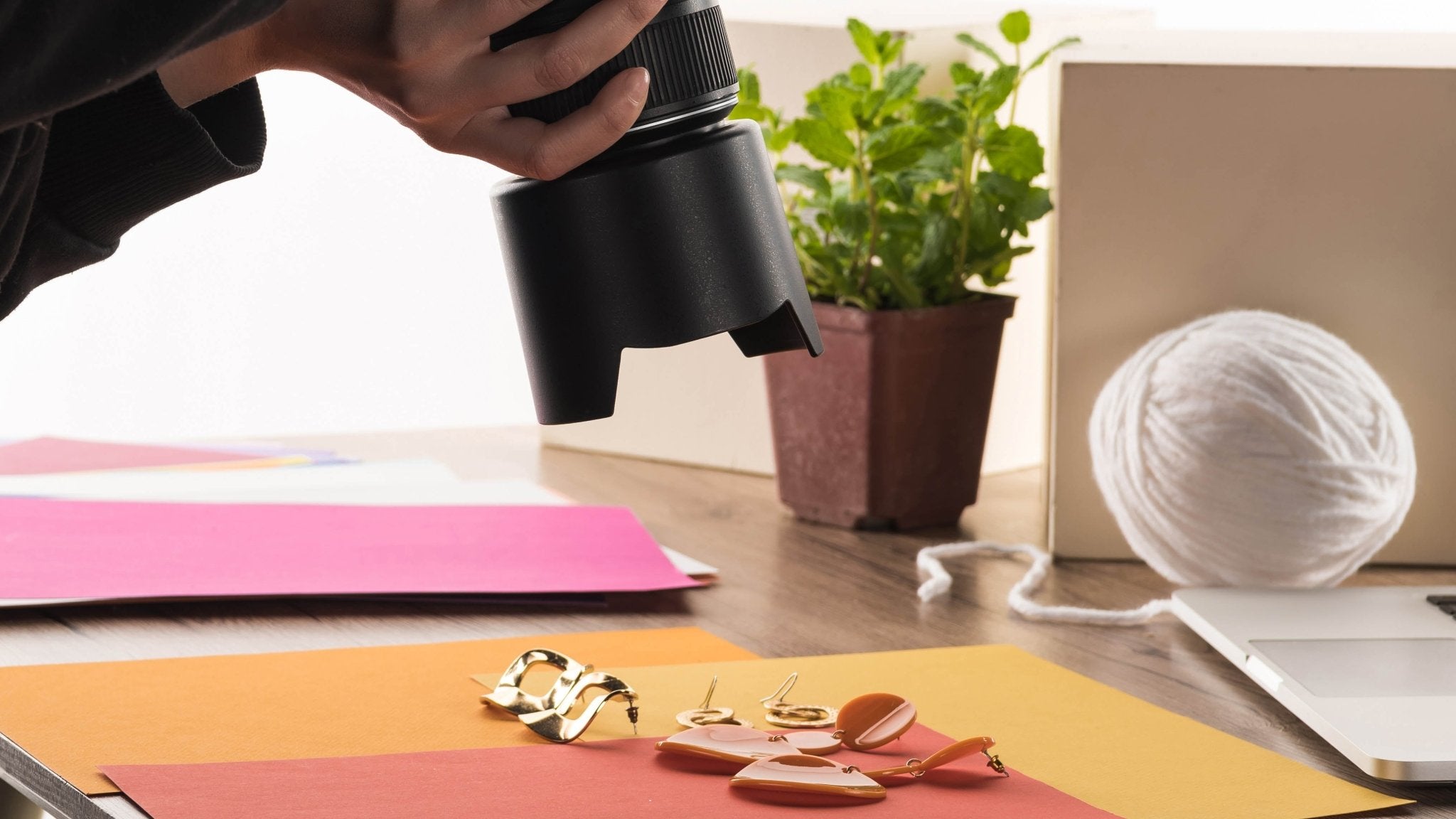
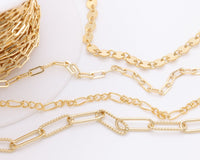
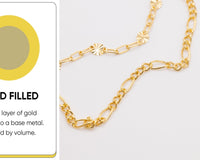

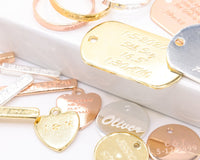
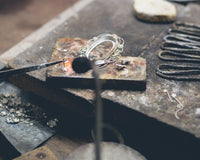










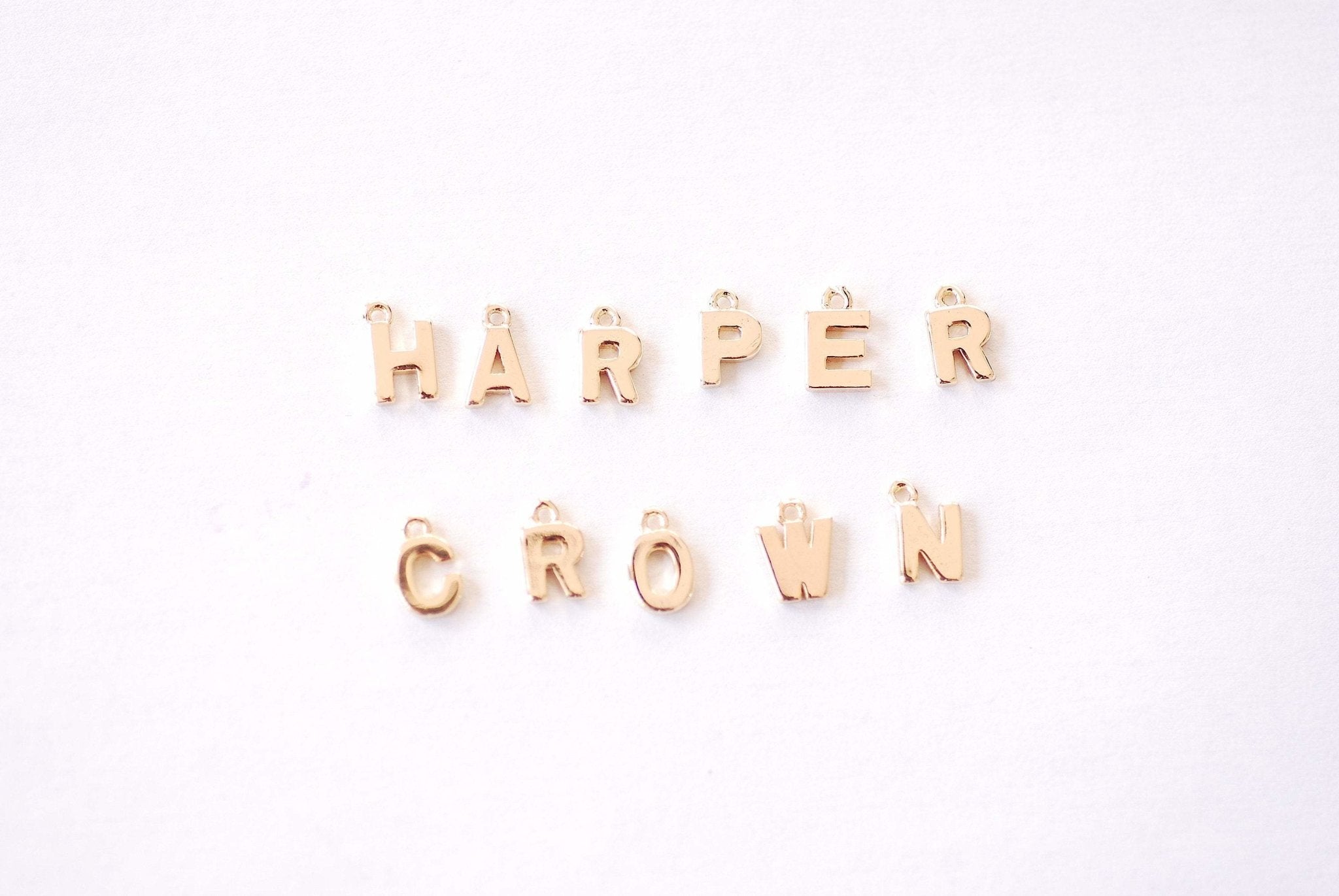
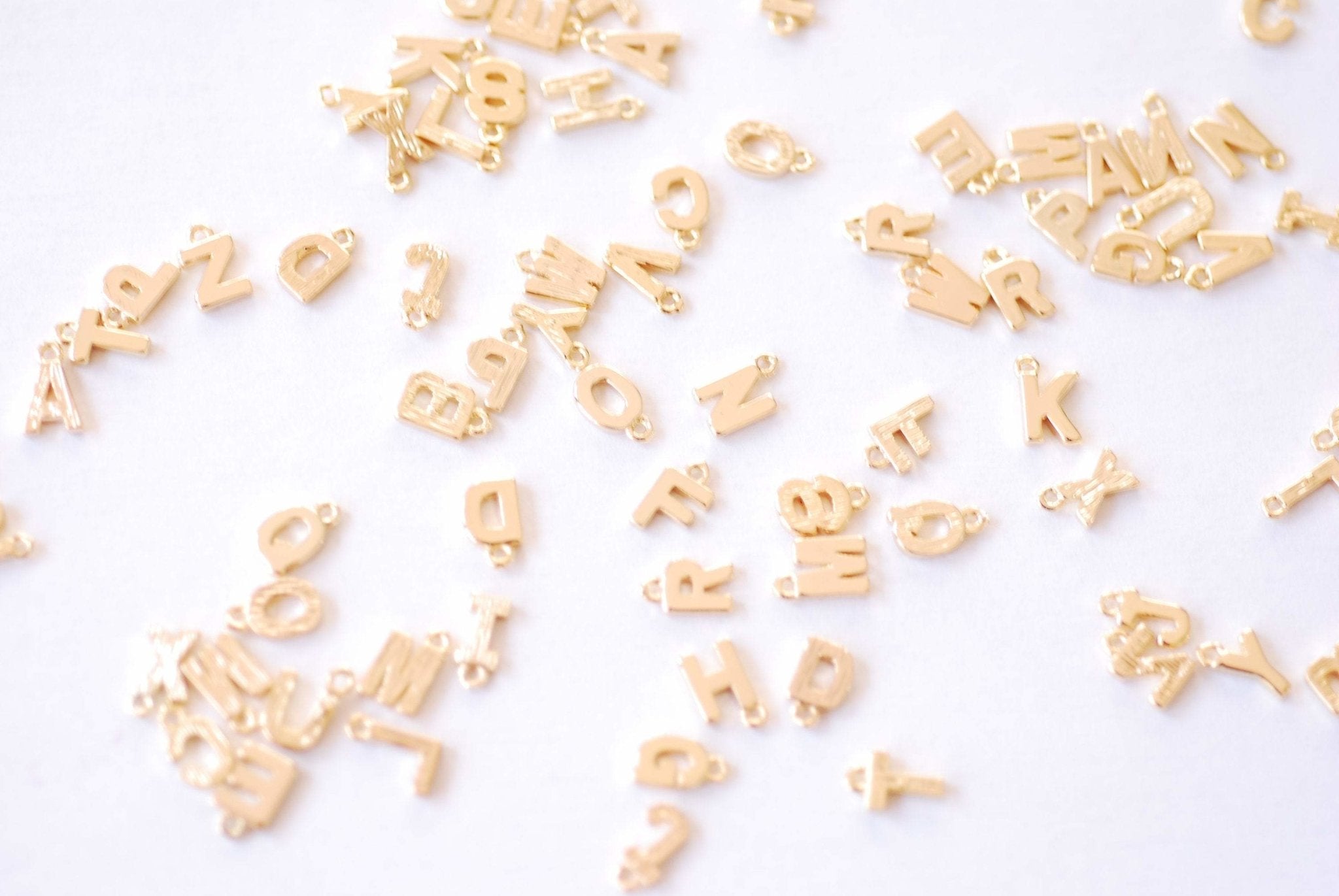
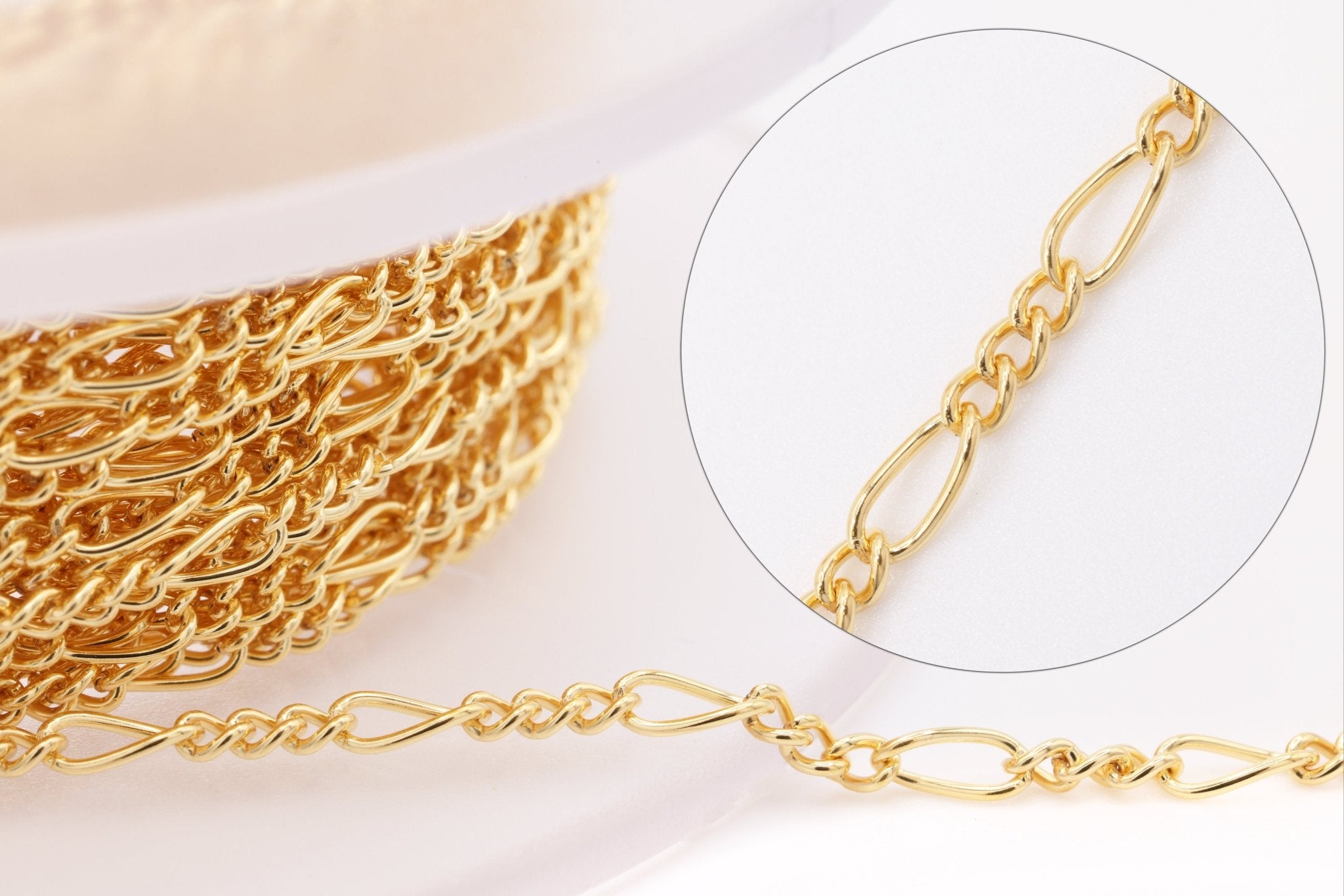
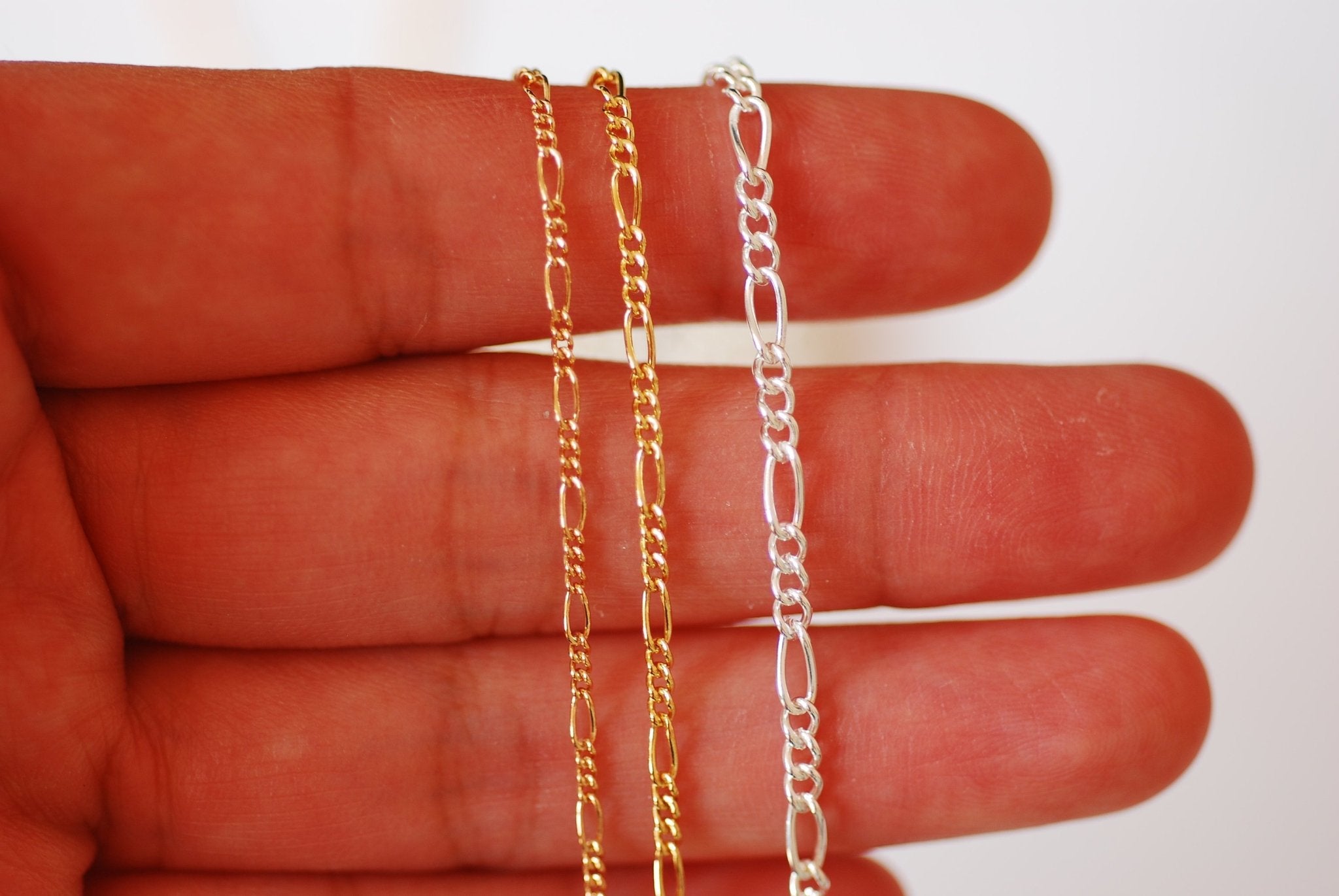
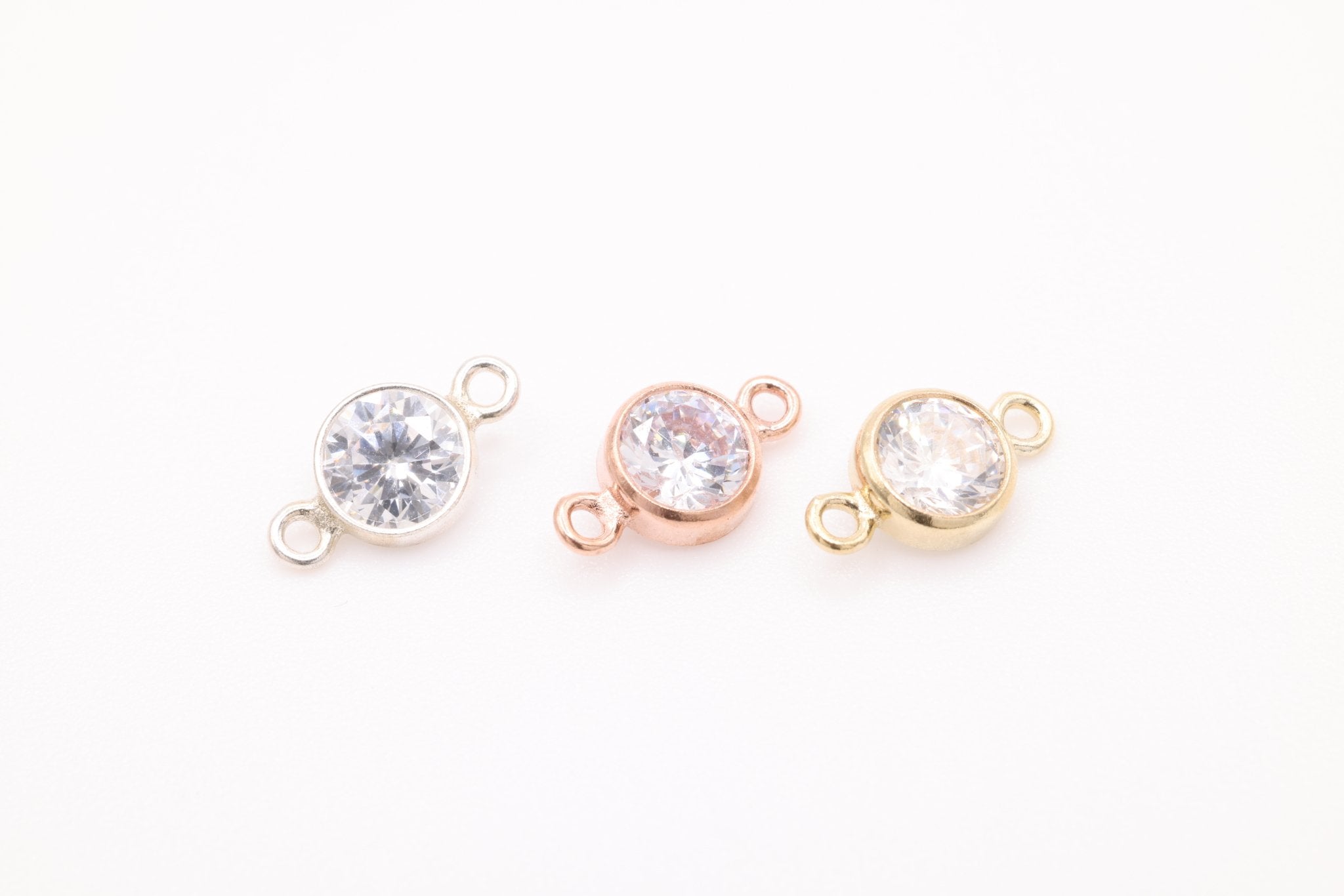
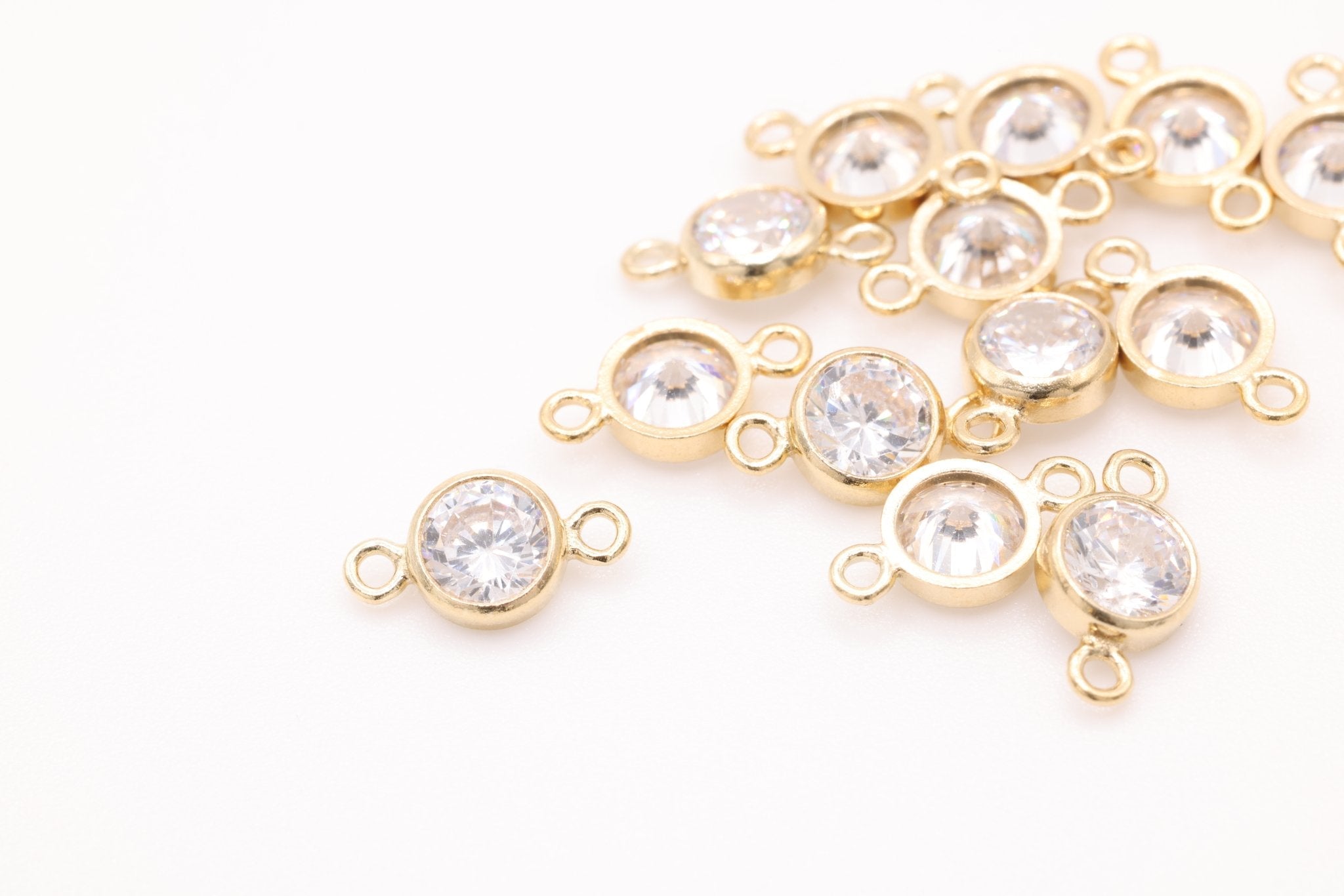
![Gold Filled Beaded Ring, Gold Silver Stacking Ring, Hammered Bead Ring, Gold Dot Ring Midi Ring Gold Filled Flat Beaded Ring Minimalist [30] - HarperCrown](http://www.harpercrown.com/cdn/shop/products/gold-filled-beaded-ring-gold-silver-stacking-ring-hammered-bead-ring-gold-dot-ring-midi-ring-gold-filled-flat-beaded-ring-minimalist-30-568879.jpg?v=1634159908&width=2048)
![Gold Filled Beaded Ring, Gold Silver Stacking Ring, Hammered Bead Ring, Gold Dot Ring Midi Ring Gold Filled Flat Beaded Ring Minimalist [30] - HarperCrown](http://www.harpercrown.com/cdn/shop/products/gold-filled-beaded-ring-gold-silver-stacking-ring-hammered-bead-ring-gold-dot-ring-midi-ring-gold-filled-flat-beaded-ring-minimalist-30-638411.jpg?v=1634159908&width=2048)






